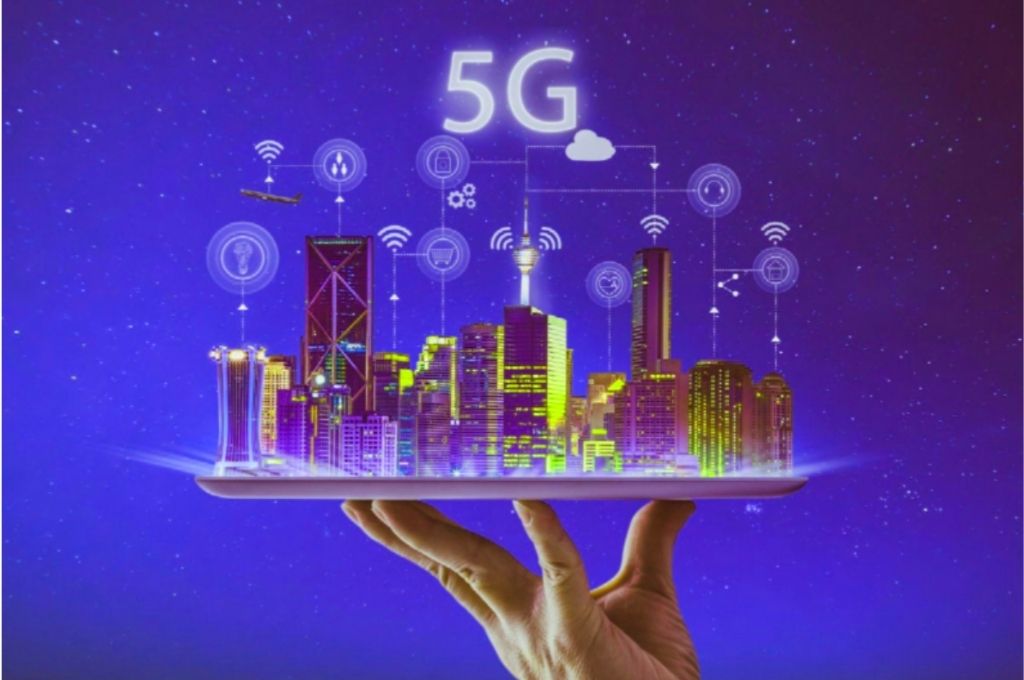Cellular and Wi-Fi networks are already working together to ensure seamless wireless connectivity in smart cities. These networks are gradually being converted to the infrastructure of the new cellular and wireless generation. This opens up new possibilities for combining the two technologies.
Countries around the world are racing to upgrade their cellular and Wi-Fi infrastructures to serve the growing number of devices accessing the network. Live streaming and online gaming are by far the most data-intensive activities. As these services continue to grow, reduced performance becomes an issue that the industry cannot afford. This is especially true for transportation, healthcare, and manufacturing applications that run in real-time or near real-time.
Massive multiple-input, multiple-output (or massive MIMO) and millimeter waves are the critical technologies for fifth-generation mobile networks, or 5G for short. Together, they enable better throughput and higher frequency efficiency to support higher speeds and capacities in cellular networks.
In parallel with the advent of 5G, the sixth generation of Wi-Fi, known as 802.11ax or simply Wi-Fi 6, will enable higher throughput and improve previous generations of Wi-Fi in crowded areas. With Wi-Fi 6 chipsets already available, OEMs enthusiastically embrace the new technology. ABI Research, an expert on digital change, predicts that within the next four years, 70 per cent of all smartphones will be Wi-Fi 6-capable and over 90 million desktop and portable PCs.
In many cases, 5G and Wi-Fi 6 will complement each other to improve the wireless infrastructure’s performance significantly. 5G will support many more users per cell for outdoor applications or a much higher capacity than previous generations. Indoors, Wi-Fi 6 will provide more bandwidth and power but significantly lower cost. This solves the performance issues that festival goers, soccer fans, congress delegates and visitors to other significant events have previously struggled with.
Cost Versus Security
The decision as to which technology is ultimately used also depends on the costs and the security requirements. Since the SIM card uniquely identifies each user, cellular networks can prevent unauthorized access. In addition, the access provider controls the functions, the bandwidth, the networks and the options that each participant is allowed to use. For 5G implementations, the carrier’s experience with the inherent security and ability to adapt services from previous generation cellular networks along with higher speeds and capacities will prove extremely useful.
Since no network operator is required and the costs per node are significantly lower, Wi-Fi is more economical for the user. Since Wi-Fi 6 is fully backwards compatible with all previous generations, the upgrade costs for the user are lower, and the changeover can be controlled more easily. The simplicity of using plug-and-play Wi-Fi routers with no subscription fees is sure to spawn a wealth of new applications.
From The City To The Smart City
5G and Wi-Fi 6 within the urban infrastructure will also benefit public institutions. The IoT will be even more powerful with extensive 5G and Wi-Fi 6 coverage. Smart, solar-powered waste bins can alert garbage collectors when they need to be emptied. This self-monitoring of the filling level in real-time increases the responsiveness and efficiency of the waste disposal services and, at the same time, reduces the number of collection vehicles on the road.
More automation through 5G and Wi-Fi 6 will also ensure that cities become cleaner and quieter. For example, remote-controlled air filters attached to the urban infrastructure can be switched on when air pollution reaches a certain level. The technology for noise suppression or attenuation can also switch on automatically if the noise emissions exceed a certain level.
With full high-speed coverage and increased capacity, 5G and Wi-Fi will wirelessly connect almost all of a city’s infrastructure. The IoT devices will monitor in real-time and generate reports that provide essential data for further AI-supported analyses. This can improve the user experience as well as public health and safety.
Also Read: 5G Mobile Communications – What Is Now Improving?





